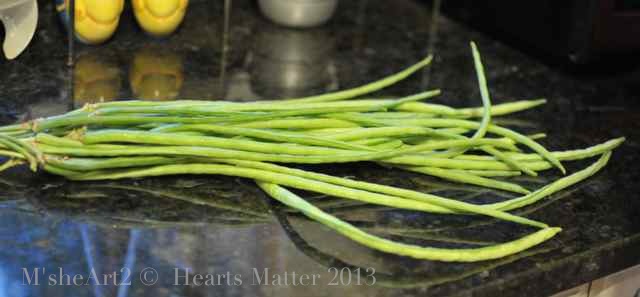Ironic is it not that the same people that create chemicals and herbicides that have the ability to wipe out and defoliate jungles, forests and keep golf clubs uniformly grass and wild flower free, are also the Agriculture giants we depend on for our food.
A brief history of Agent Orange;
During the late 1940s and ’50s, the US and Britain collaborated on development of herbicides with potential applications in warfare. Some of those products were brought to market as herbicides.
The British were the first to employ herbicides and defoliants to destroy the crops, bushes, and trees of communist insurgents in Malaya during the Malayan Emergency.
These operations laid the groundwork for the subsequent use of Agent Orange and other defoliant formulations by the US.{3}
The Malayan Emergency (Malay: Darurat) was a Malayan guerrilla war fought between Commonwealth armed forces and the Malayan National Liberation Army (MNLA), the military arm of the Malayan Communist Party (MCP), from 1948 until 1960.
“Malayan Emergency” was the colonial government’s term for the conflict. The MNLA termed it the Anti-British National Liberation War.[8]
The rubber plantations and tin-mining industries had pushed for the use of the term “emergency” since their losses would not have been covered by Lloyd’s insurers if it had been termed a “war” [9]
{3} Bruce Cumings (1998). The Global Politics of Pesticides: Forging Consensus from Conflicting Interests. Earthscan. p. 61.
–
Agent Orange was manufactured for the U.S. Department of Defense primarily by Monsanto Corporation ( merged with Bayer) and Dow Chemical.[4]:6
It was given its name from the color of the orange-striped barrels in which it was shipped, and was by far the most widely used of the so-called “Rainbow Herbicides“.[5]
The 2,4,5-T used to produce Agent Orange was contaminated with 2,3,7,8-Tetrachlorodibenzodioxin (TCDD), an extremely toxic dioxin compound.
In some areas, TCDD concentrations in soil and water were hundreds of times greater than the levels considered safe by the U.S. Environmental Protection Agency.[6][7]
4 “Agent Orange” entry in Encyclopedia of United States National Security, edited by Richard J. Samuel. SAGE Publications, 2005. ISBN 9781452265353
5 Hay, 1982: p. 151
6 Fawthrop, Tom; “Vietnam’s war against Agent Orange”, BBC News, June 14, 2004
7 Fawthrop, Tom; “Agent of Suffering”, Guardian, February 10, 2008
Phenoxy herbicide Agent Orange was a mixture of equal parts of two herbicides,
Was a mixture of equal parts of two herbicides, 2,4,5-T and 2,4-D.
2,4,5-Trichlorophenoxyacetic acid and 2,4-Dichlorophenoxyacetic acid a *synthetic auxin
Some of the big ~ agri…
Monsanto Corporation is (now merged with Bay er) a publicly traded American multinational agrochemical and agricultural biotechnology corporation. It is headquartered in Creve Coeur, Greater St. Louis, Missouri. Monsanto is a leading producer of genetically engineered (GE) seed and Roundup, a glyphosate-based herbicide Products: Agent Orange, Round Up, Herbicides, pesticides, crop seeds
Dow AgroSciences founder Eli Lilly and Company, parent company is Dow Chemical Company in 1989 Products: Insecticide, Herbicide, Fungicide, Fumigant and Seed Technologies
Syngenta AG is a global Swiss agribusiness that produces agrochemicals and seeds. As a biotechnology company, it conducts genomic research. It was formed in 2000 by the merger of Novartis Agribusiness and Zeneca Agrochemicals. As of 2014 Syngenta was the world’s largest crop chemical producer, strongest in Europe. Products: Pesticides, seeds, flowers

